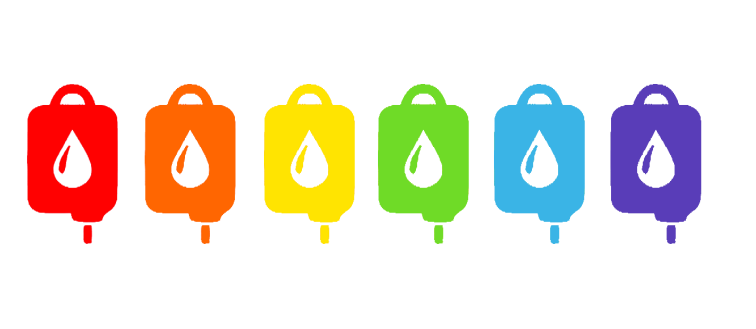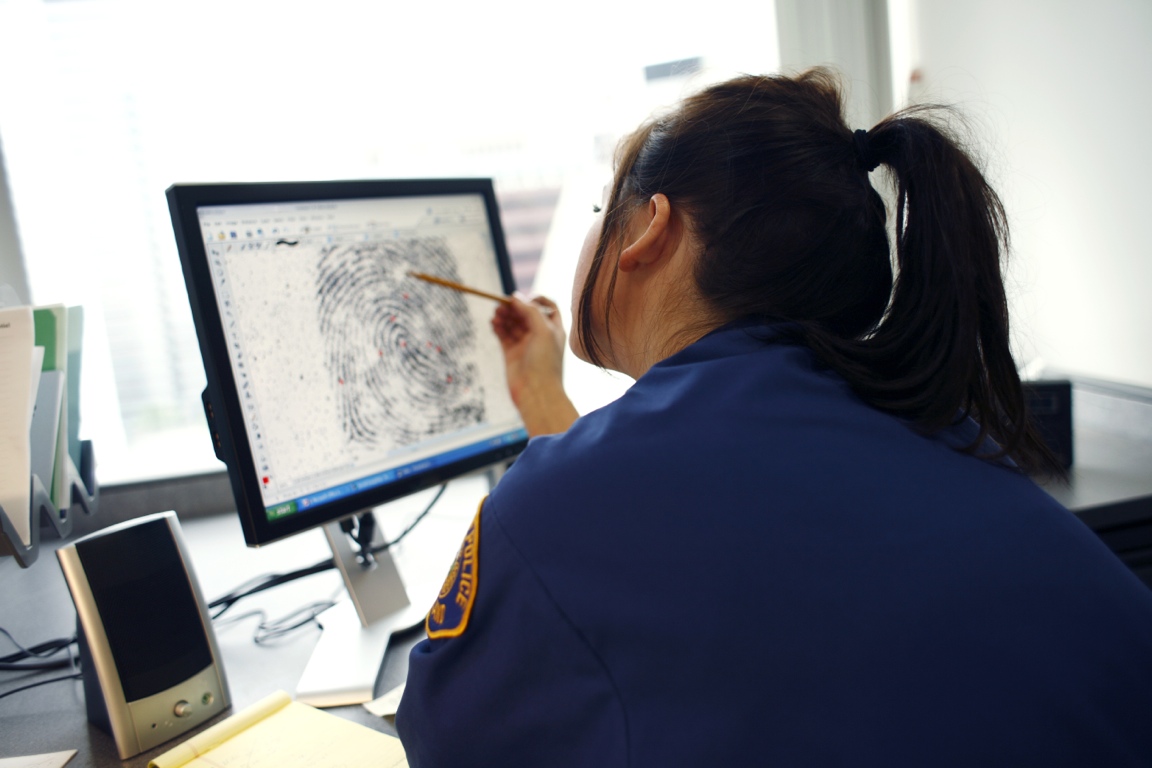Medical and surgical abortions are safe procedures with low mortality rates for Australian women1. Despite this evidence, it is currently illegal for women to access abortions in New South Wales and Queensland unless a doctor believes a woman’s physical and/or mental health may be jeopardised by continuing with the pregnancy2. Although abortion is legal in the remaining states and territories, a myriad of other factors preclude women from accessing abortions, including cost, location, awareness, and the stigma associated with pregnancy termination3. Thus, although legalisation is a major barrier to women’s access, addressing this issue is more complicated than changing legislation alone.
Earlier this year, I had the privilege of attending the Unplanned Pregnancy and Abortion in Australia Conference in Brisbane, hosted by Children by Choice. Over the course of two days, my eyes and heart were opened to the many legal, social, economic, and pragmatic barriers which prevent Australian women from accessing safe abortions. As a burgeoning social psychology researcher, I started to wonder: how can social scientists help facilitate social and political change regarding abortion stigma and access?
Based on the conversations I had with and talks I listened to by frontline workers and medical practitioners, there are five ways social scientists can help which I describe below. This plan is not exhaustive, and I encourage researchers, organisations, medical practitioners, policy makers, and women who have accessed abortions to let me know if anything is missing. Abortion access is a complicated issue, and collaboration and communication between researchers, frontline workers, government, and women are paramount to affecting social change.
- Identify factors which predict resistance to and support for abortion reform
A lot of social psychological research aims to understand why people support or rally against social change. Thus, we are in a unique position to identify the ideological factors which predict Australian’s attitudes toward abortion legalisation, and their perceptions and treatment of women who access abortion services. Thus far, research has found that religiosity4, 5 and sexual moralism6 predict less favourable attitudes toward abortion, and that attitudes toward abortion vary somewhat among different racial groups7. However, this area could be greatly enriched by examining how other traditional ideologies influence people’s perceptions of and support for abortion. It’s also imperative that research examine factors which are at least somewhat malleable to social influence and intervention, as opposed to more fixed factors such as religious doctrine. Identifying and targeting these factors will help to reduce social stigma surrounding abortion, and hopefully improve women’s access to these services.
-
- Talk to women about their experiences accessing abortions
A key theme of the conference was placing women at the centre of healthcare discourse related to abortion. Currently, it is mostly male politicians who make decisions about women’s reproductive rights. But as this isn’t a decision which affects them (at least not as much), it’s important that women’s voices are privileged in this space whenever possible. To this end, social psychological research can help address this gap by talking to and documenting women’s experiences accessing abortion services, and their experiences pre- and post-abortion, to highlight the barriers and stigma they face, and the negative consequences of these for their mental, physical, and emotional health. This helps to place women at the centre of these discussions, and gives policy makers a rich well of data which may better convince them and politicians of the need for legalising abortions Australia-wide.
- Study intergroup conflict between pro-life and pro-choice advocates
As I walked up the road to the conference venue, I noticed several protestors holding signs which read ‘You were a baby once’, and ‘Abortion is murder’. One protestor even whispered to me, ‘You better beg for forgiveness.’ Their presence sparked several conversations about the need to talk with pro-lifers about ‘the facts’ around abortion to sway their opinions. However, recent research examining intergroup conflict between other opinion based groups (e.g. climate change deniers and environmentalists) has demonstrated that these ideological divides are not the result of ignorance or failing to understand scientific evidence. Instead, values and group membership drive people’s thoughts and feelings about these issues8 and people are motivated to reject certain viewpoints because of their underlying fears, ideologies, and worldviews which sustain these attitudes9. Thus, social psychology can help abortion providers and activists by studying the underlying belief systems which contribute to pro-lifers’ resistance to abortion legalisation. They can also help advocates use this information to strategically communicate with pro-lifers and redress abortion as an issue that they should support. To this end, there are several literatures that social psychology researchers could draw upon and share to achieve this goal, such as moral reframing and intergroup contact (to name a few).
- Conduct your research with an intersectional lens
Intersectionality refers to the interconnected nature of social identities (e.g. gender, race, social class, ethnicity, sexual orientation) which intersect to create interdependent systems of discrimination and disadvantage for people who belong to these groups10. Unless we consider the multiple disadvantages and identity pressures that affect women’s abortion access (including race, poverty, refugee status, experiencing intimate partner violence, and living in rural areas) we can’t aptly document the barriers women face, or provide targeted recommendations to policy makers and organisations to improve access. See Cole (2009)11 and Warner (2008)12 for an introduction to intersectional research.
- Cultivate partnerships with pro-choice organisations
Conducting and publishing relevant research is an important step in addressing this issue. However, it won’t do much good unless we partner with pro-choice organisations and community groups to give this knowledge away, and continually learn about the issues and problems they need help with. As researchers, we should ensure that we’re answering questions and providing information to organisations and community groups which is useful, rather than investigating questions which we find interesting but aren’t necessarily useful at that moment in time. This is particularly important when you consider that we are quite removed from the legalities and problems frontline workers and women accessing abortions face, so we’re not always in the best position to decide what research or forms of support are needed.
Cool, but how do I get started?
This list isn’t exhaustive, but it’s a solid starting point for women, social scientists, policy makers, and people working in reproductive health to start collaborating. As a first step, I’m keen to hear what others think of this list – what are the most important points I’ve raised, what’s missing, what’s the most logical place to start? I’m also keen to collaborate with pro-choice organisations, community groups, and scientists to influence policy discussions and decisions in Queensland about legalising abortion. If you want to chat further, please contact me at morgana.lizziowilson@uqconnect.edu.au. Once we reach out to each other and start having these conversations, the sooner we can cultivate meaningful collaborations across disciplines and sectors to affect social change.
References
1 Goldstone, P., Michelson, J., & Williamson, E. (2012). Early medical abortion using low-dose mifepristone followed by buccal misoprostol: A large Australian observational study. The Medical Journal of Australia, 197(5), 282-286.
2 Children by Choice. (2017). Retrieved 25/09/2017, from https://www.childrenbychoice.org.au/factsandfigures/australianabortionlawandpractice
3 Shellenberg, K. M., Moore, A. M., Bankole, A., Juarez, F., Omideyi, A. K., Palomino, N., … & Tsui, A. O. (2011). Social stigma and disclosure about induced abortion: Results from an exploratory study. Global Public Health, 6(s1), s111-S125.
4 Hoffmann, J. P., & Miller, A. S. (1997). Social and political attitudes among religious groups: Convergence and divergence over time. Journal for the Scientific Study of Religion, 52-70.
5 Lester, D. (2001). Attitudes toward abortion. Psychological Reports, 89(2), 290-290.
6 Woodrum, E., & Davison, B. L. (1992). Reexamination of religious influences on abortion attitudes. Review of Religious Research, 229-243.
7 Wilcox, C. (1992). Race, religion, region and abortion attitudes. Sociological Analysis, 53(1), 97-105.
8 Bliuc, A. M., McGarty, C., Thomas, E. F., Lala, G., Berndsen, M., & Misajon, R. (2015). Public division about climate change rooted in conflicting socio-political identities. Nature Climate Change, 5(3), 226-229.
9 Hornsey, M. J., & Fielding, K. S. (2017). Attitude Roots and Jiu Jitsu Persuasion: Understanding and Overcoming the Motivated Rejection of Science. American Psychologist, 72(5), 459-473.
10 Collins, P. H. (2015). Intersectionality’s definitional dilemmas. Annual Review of Sociology, 41, 1-20.
11 Cole, E. R. (2009). Intersectionality and research in psychology. American Psychologist, 64(3), 170.
12 Warner, L. R. (2008). A best practices guide to intersectional approaches in psychological research. Sex Roles, 59(5-6), 454-463.



